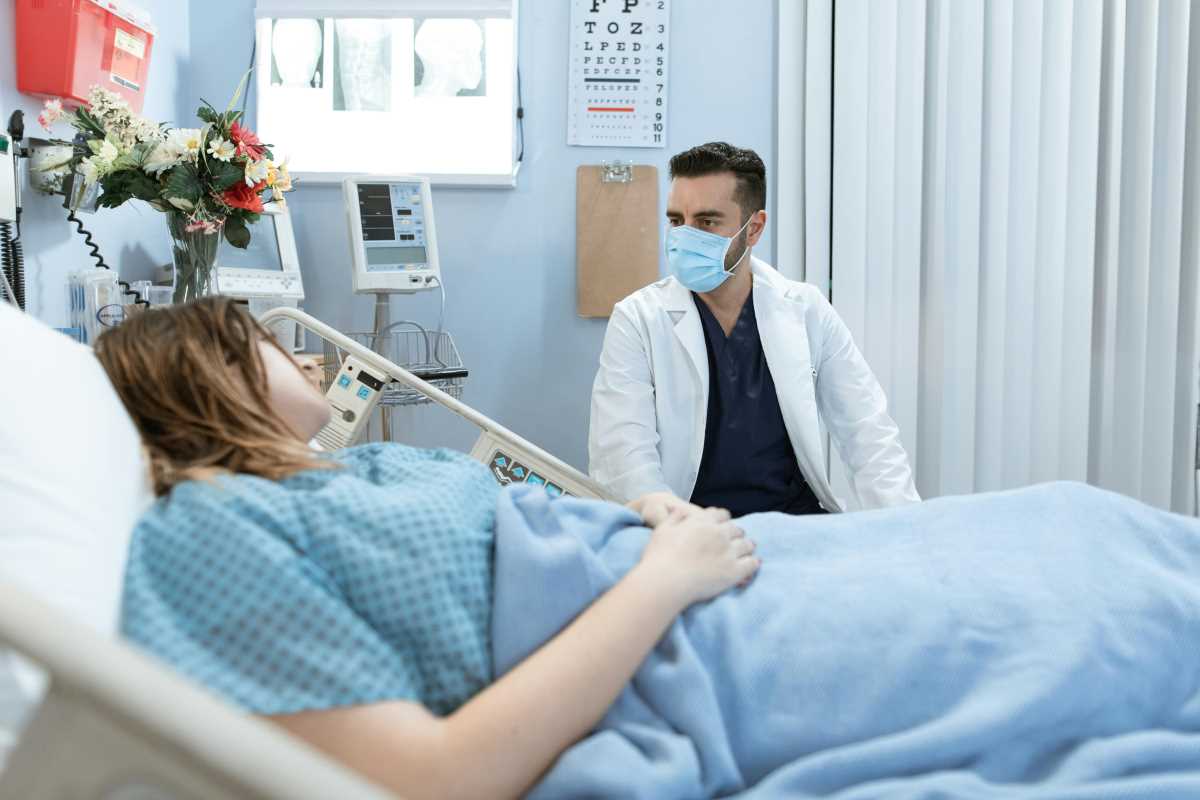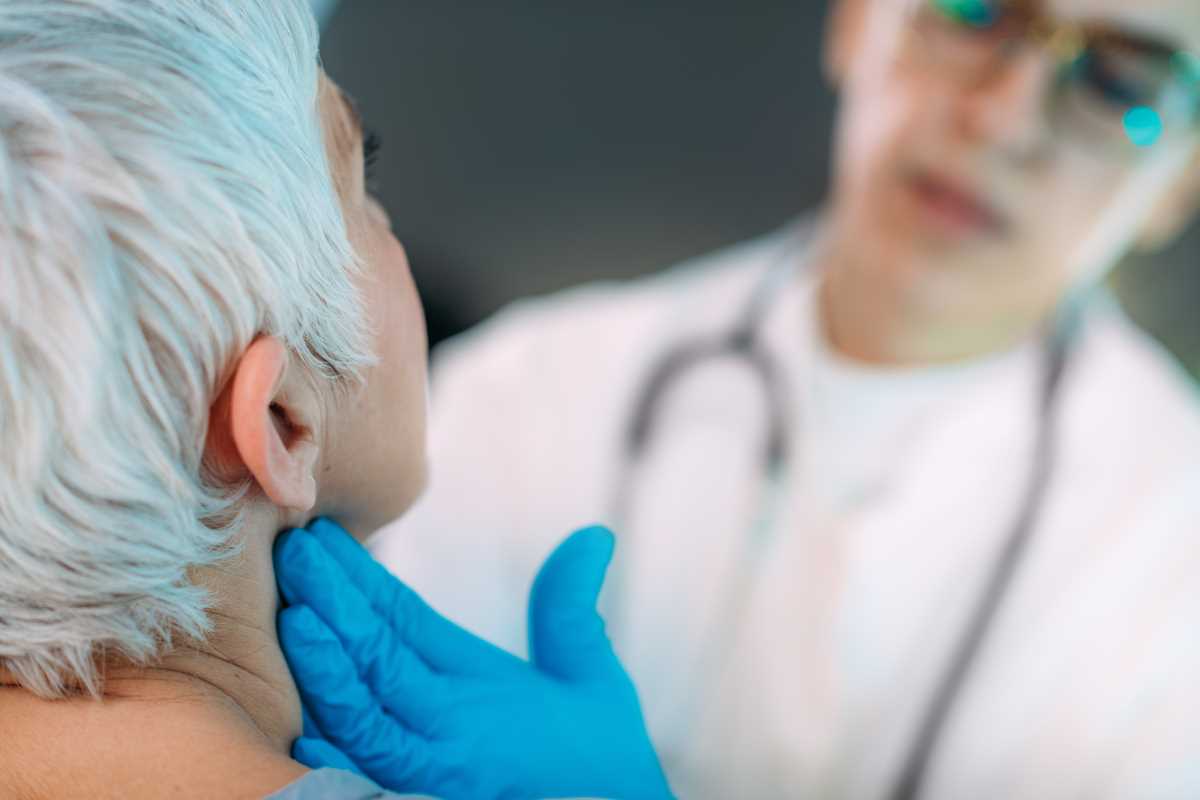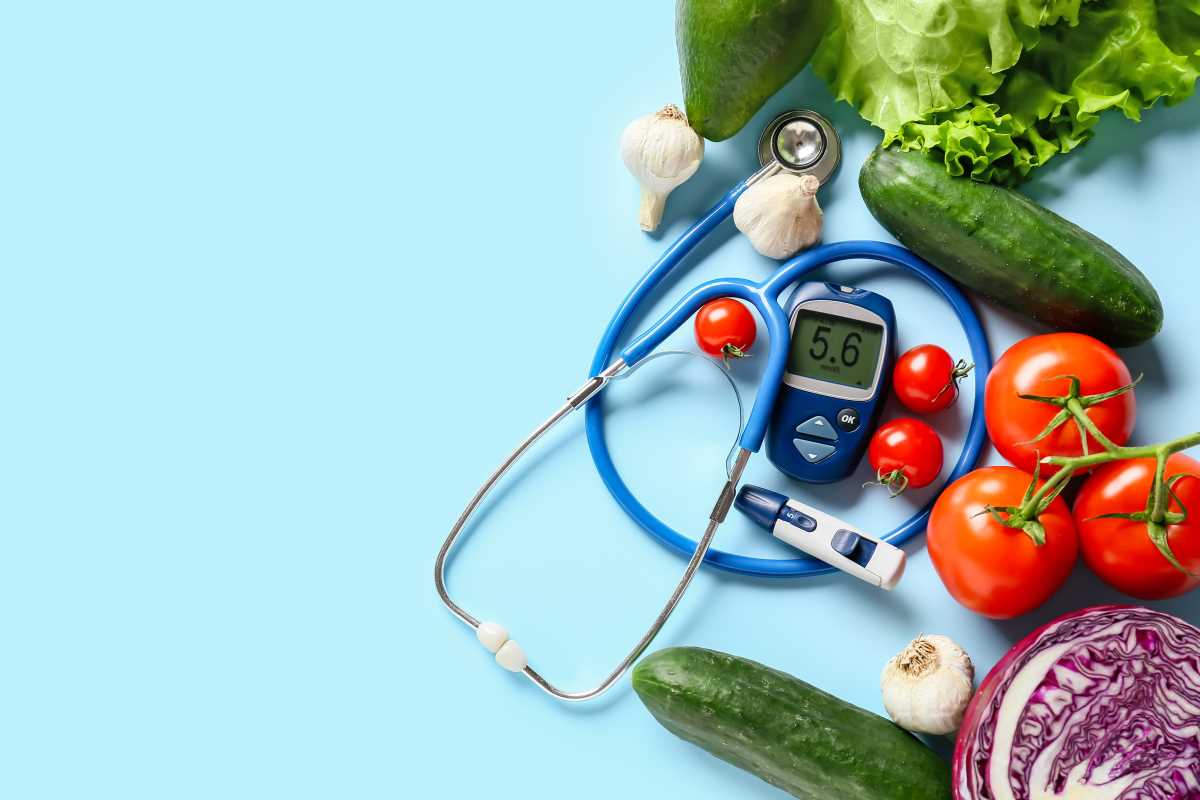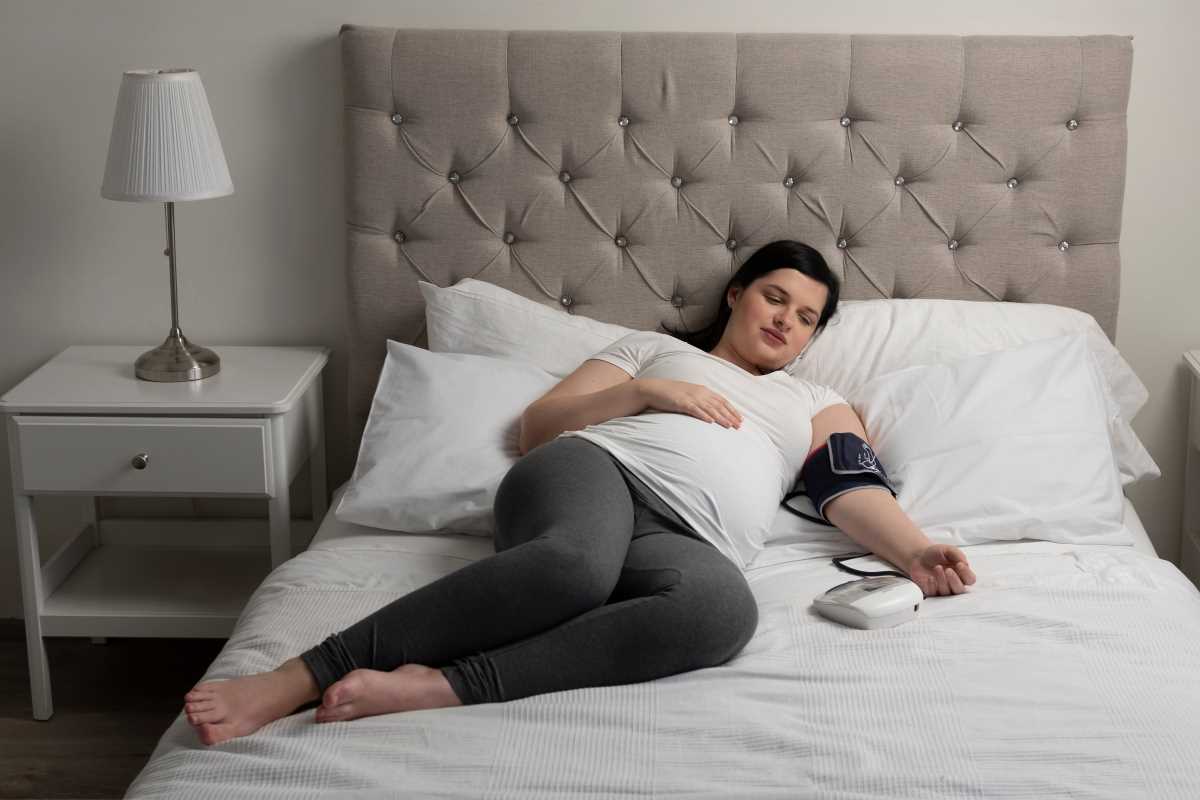Blood clots are not always obvious, and their subtle signs can easily be mistaken for other minor issues. That means identifying these signs early can make a life-saving difference. Blood clots happen when your body forms clumps of blood that turn from liquid to semi-solid. Clots play an important role in healing injuries, but they can cause serious harm if they develop in the wrong places or fail to dissolve. We're going to focus on the subtle symptoms that might indicate a blood clot and explain how these signs relate to different types of clots in the body. Knowing what to watch for and seeking medical attention quickly can help prevent life-threatening complications like a stroke or pulmonary embolism.
Swelling in the Leg or Arm
Unexplained swelling in a limb is one of the most common signs of a blood clot, particularly with deep vein thrombosis (DVT). DVT occurs when a clot forms in a deep vein, often in the legs or arms.
- What it looks like: Swelling might concentrate in one leg or arm, making it look noticeably bigger than the other. The skin may feel tight around the swollen area.
- Why it happens: The clot blocks blood flow, causing fluid to build up behind the blockage and leading to visible swelling.
Red or Discolored Skin
Changes in skin color, especially redness or a bluish-purple tone, can indicate that blood circulation is being interrupted.
- What to observe: Patches of skin turning red or darker in the affected area, often accompanied by warmth or tenderness. Skin around the area may look stretched due to swelling.
- How this relates to clots: Discolored skin signals that blood is pooling in the veins due to a clot obstructing normal flow.
Unusual Pain or Tenderness
Persistent pain that feels more like a deep ache or cramping might be a subtle warning sign of a blood clot.
- Where to feel it: Pain often occurs in the calf, thigh, arm, or abdomen, depending on where the clot has formed. It may start as mild discomfort but grow more noticeable over time.
- What causes it: Swelling and inflammation caused by the clot irritate surrounding tissues, leading to soreness or tenderness.
Warmth in the Affected Area
A warm sensation over a specific part of the skin can be an indicator that blood flow is being disrupted due to a clot.
- What it feels like: The skin over the affected vein might feel warmer to the touch compared to other parts of the body.
- How it connects to blood clots: The body’s inflammatory response to the clot creates heat in the affected area.
Shortness of Breath
Sudden difficulty breathing can suggest that a clot has moved to the lungs, causing a pulmonary embolism. This type of clot is a medical emergency.
- What stands out: Rapid or shallow breathing, chest discomfort, or feeling unable to take a full breath. Dizziness or fainting can also occur.
- Why it’s serious: A pulmonary embolism restricts oxygen flow to the lungs and other organs, making immediate medical attention vital.
Chest Pain or Heaviness
Sharp chest pain or a feeling of tightness can point to a blood clot in the lungs or even in a coronary artery.
- What it’s like: Pain often sharpens with deep breaths, coughing, or lying down. The chest may feel heavy or as though pressure is being applied.
- Link to a blood clot: A clot in the lungs or heart affects blood flow in these critical areas, leading to discomfort that shouldn’t be ignored.
Rapid or Irregular Heartbeat
A racing heartbeat that comes on suddenly without exertion could signal a serious problem, such as a clot in the lungs.
- What happens: You might feel your heart pounding in your chest, even when at rest. This is often accompanied by lightheadedness or anxiety.
- Why it matters: The heart works harder to pump blood when a pulmonary embolism or other type of clot disrupts circulation.
Persistent Cough
A dry cough that won’t go away, especially one accompanied by blood, can be an alarming sign of a pulmonary embolism.
- What to notice: A hacking cough, sometimes producing phlegm with streaks of blood. Coughing might worsen with physical activity.
- How it’s connected: A clot in the lungs irritates the tissues and airways, triggering a reflex to cough. Blood in the cough comes from strain on the smaller blood vessels.
Nausea or Vomiting
Upper abdominal pain paired with nausea or vomiting might hint at a clot in the veins associated with abdominal organs.
- How it manifests: Bloated sensations, waves of nausea, or consistent abdominal cramping. Some experience vomiting that relieves the discomfort fleetingly.
- What it suggests: A clot in the mesenteric vein blocks blood flow to the intestines, leading to discomfort and digestive symptoms.
Swelling and Pain Behind the Knee
Localized pain behind the knee with mild swelling might not seem serious but could still signal a blood clot.
- What it feels like: A sensation of tightness or a dull ache, often when walking or bending the knee.
- Reason it could mean a clot: The knee is a common site for DVT, and pressure from the clot interrupts normal blood flow.
When to Seek Medical Help
Subtle signs of a blood clot can escalate quickly and become life-threatening. Seek medical attention if you experience a combination of these symptoms or if any one symptom intensifies. Waiting for symptoms like swelling, shortness of breath, or chest pain to improve on their own could lead to serious complications.
Healthcare providers often use ultrasounds, blood tests, or imaging scans to confirm the presence of a clot. Early diagnosis enables prompt treatment with medications such as blood thinners or other interventions to prevent the clot from growing or breaking loose.
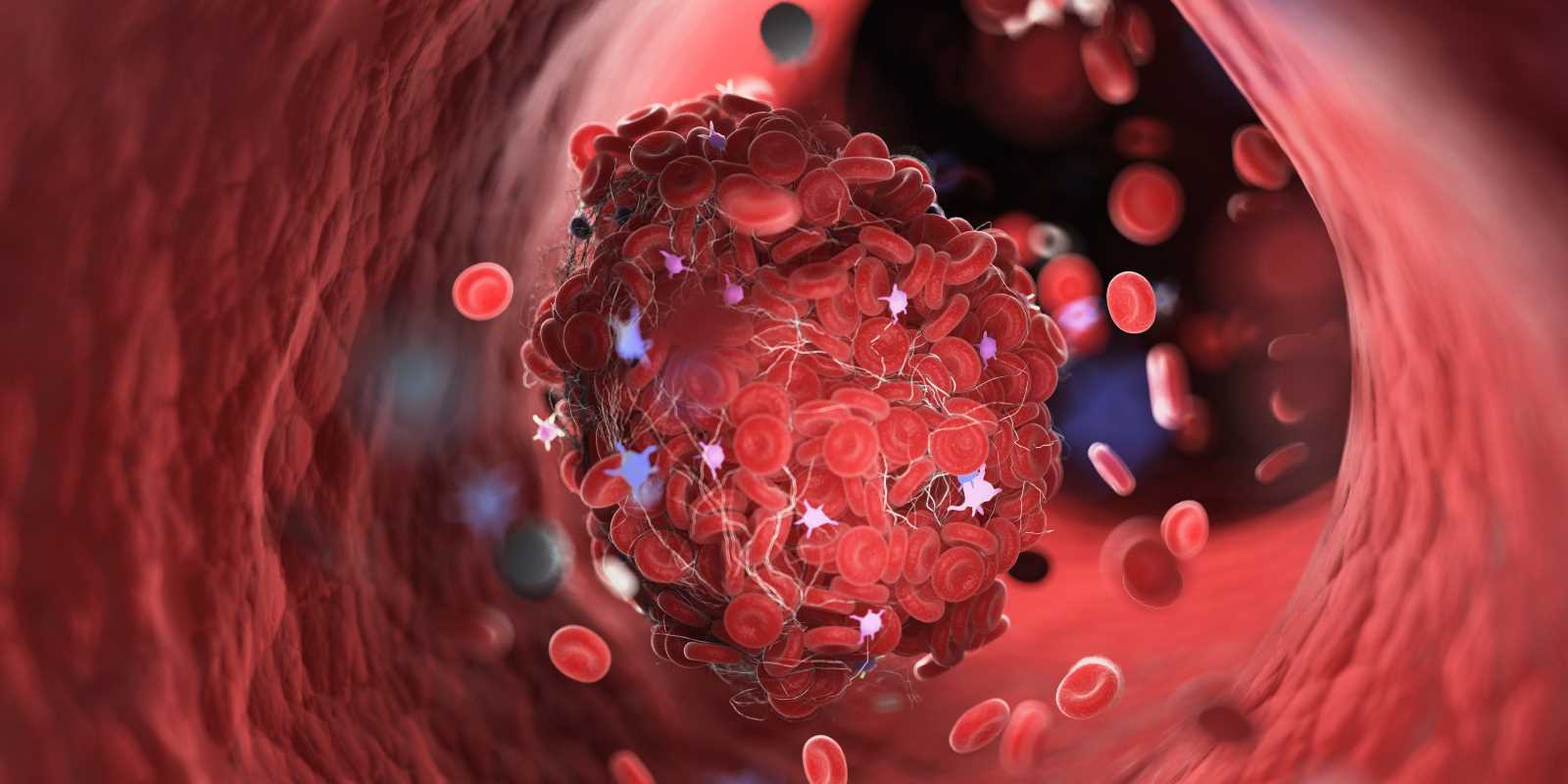 (Image via
(Image via